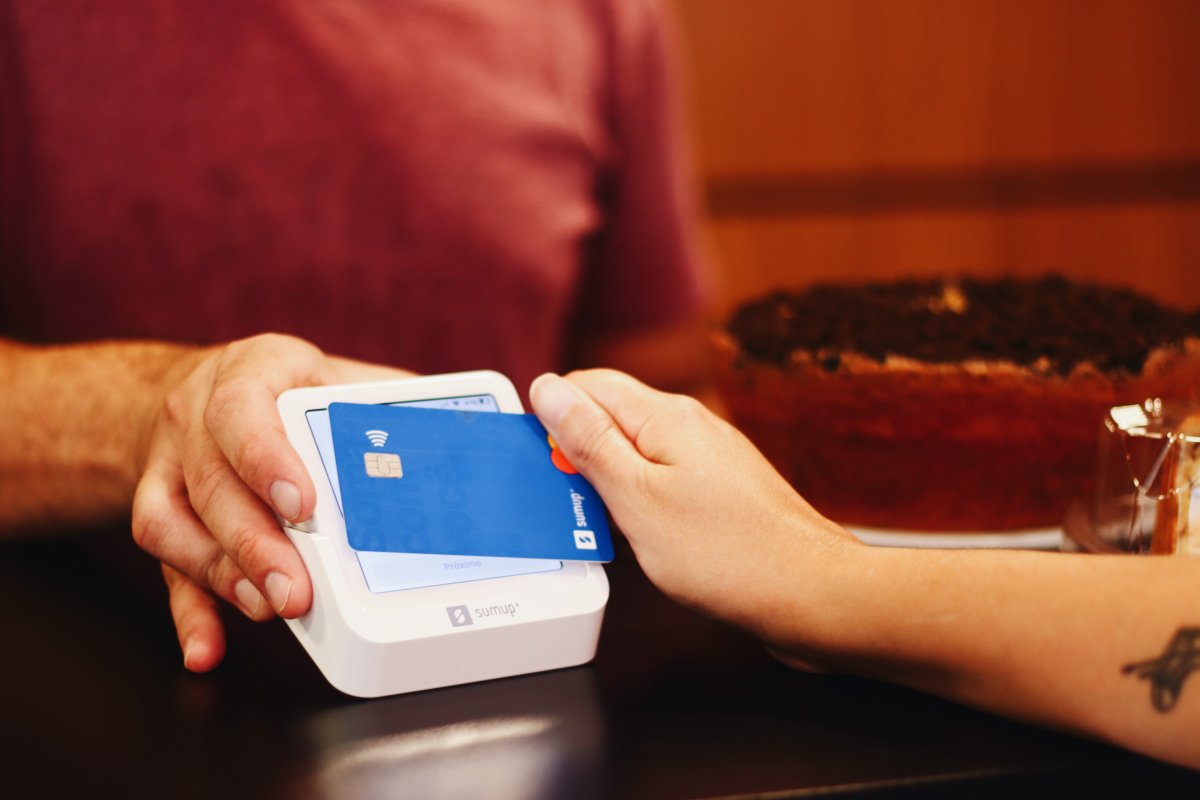myPOS, founded in 2014, is a fintech making inroads into the POS market with its affordable card payment devices and multicurrency merchant account.
It currently offers payment services to some 150,000 SMEs in more than 30 European countries.
But how does it stack up against competitors?
My comprehensive review will explain exactly what myPOS offers, how its functionality compares with other top brands, and how well-priced these systems are.
I’ll explore customer services, security, apps and more to give you a well-rounded opinion of where myPOS is the right choice for your business.
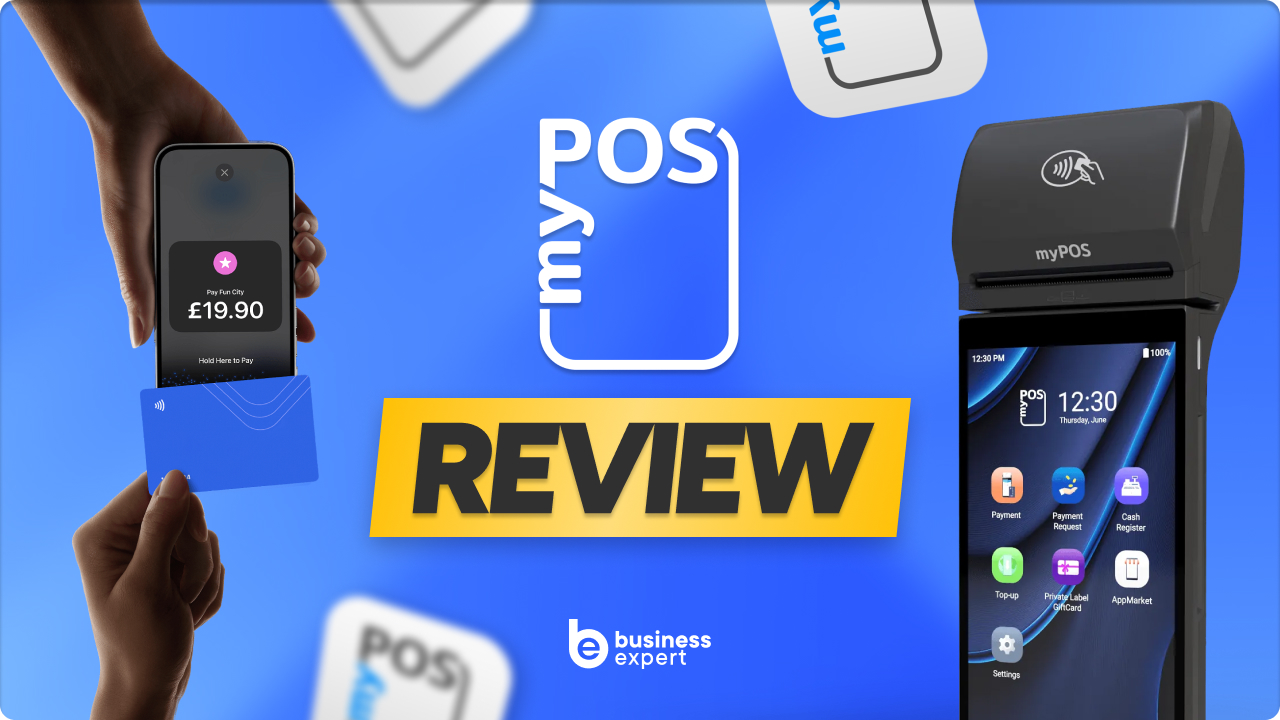
myPOS Review in 30 Seconds: My Verdict
myPOS is a smart, low-cost option for small businesses, especially if you’re just starting out or need to take payments on the move. The devices work well, the fees are among the lowest on the market, and you get access to your money instantly after each sale.
That said, there’s a catch. You can’t have payments sent straight to your usual business bank account. Instead, everything goes into a separate myPOS account. Moving money out comes with a withdrawal fee, which is fine if you only do it occasionally, but becomes expensive if you’re doing it often.
The system is ideal for simple card transactions, but it’s not as polished or feature-rich as some of the bigger names like Square or SumUp. And while the customer service is 24/7, reviews suggest the experience is mixed.
In short, if your priority is keeping costs down and you’re happy managing your money within myPOS, it’s a very competitive solution. But if you need more advanced software, regular bank transfers, or a slicker user experience, it might be worth paying a little more elsewhere.
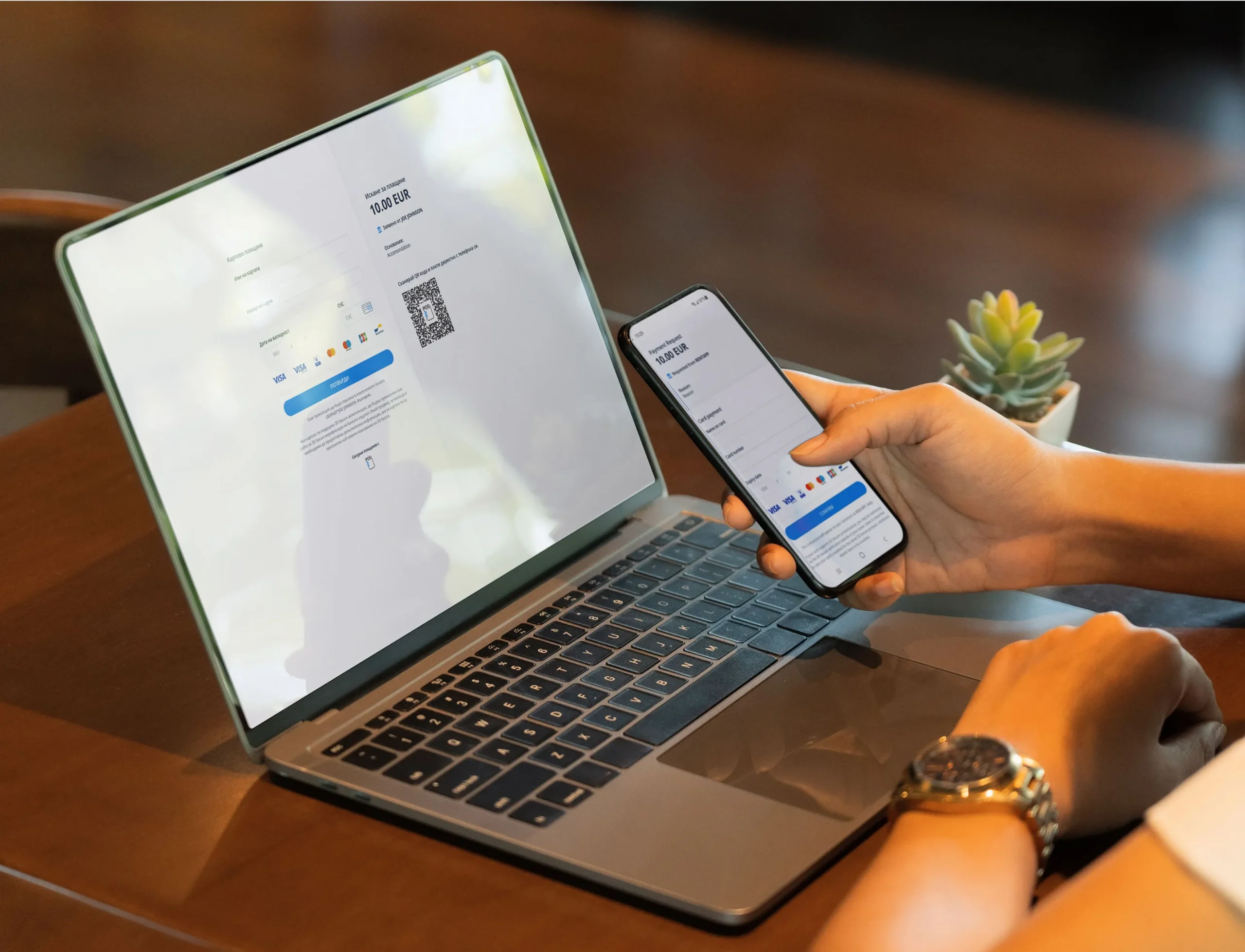
myPOS Pros and Cons
- myPOS has no monthly fees or long-term contracts – Just pay per transaction
- Instant access to funds after transactions
- Free multi-currency business account with IBAN
- Range of card reader models for mobility or full POS
- Integrated SIM card for using readers across the UK/EU
- Accepts all major card brands and mobile wallets
- Online payment tools like virtual terminal and payment links
- Can create a free online store with myPOS Online
- Must use myPOS account, no settlement to external bank
- Fee to withdraw money to regular bank account
- Mixed reviews on quality of customer service
- Extensive identity verification steps during sign-up
- Not a full POS system for larger retailers
- Inactivity fees apply if account not used for 10+ months
- Some limits on cash withdrawals with myPOS card
- Higher transaction fees for non-consumer cards
Who are myPOS & who founded the company?
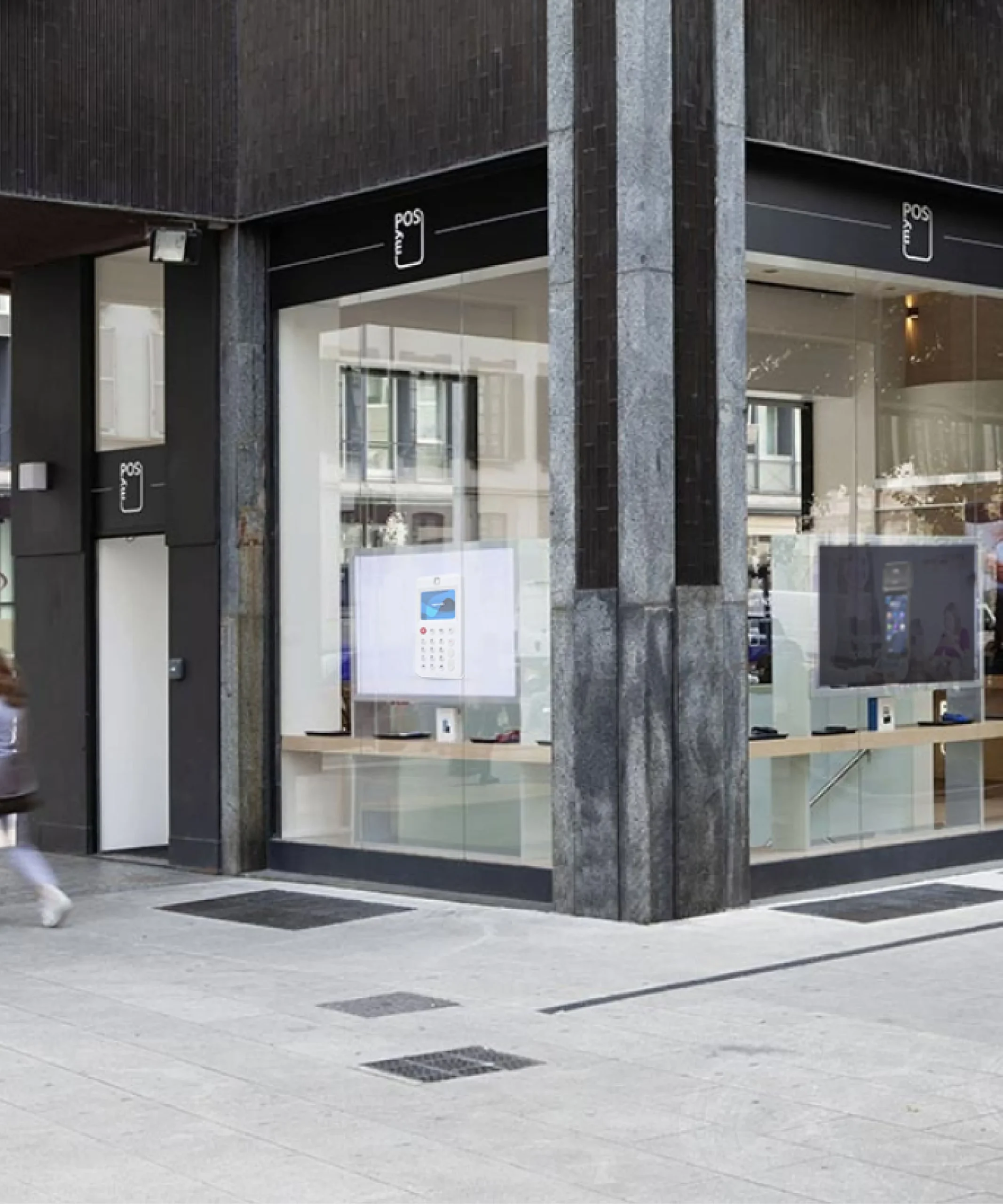
myPOS is a European payment processing company that provides merchants with a variety of point-of-sale (POS) solutions, including card terminals, online payment gateways, and mobile payment apps. Founded in 2012 by Bulgarian businessman Christo Georgiev, the company was originally headquartered in Sofia, Bulgaria.
In 2017, myPOS relocated its headquarters to London to gain access to top talent, robust financial regulation, and excellent connections to the European market.
Georgiev has been passionate about technology and programming since childhood. He started his first software company at age 19, which later became a leading retail software provider in Bulgaria. With a combination of tech expertise and degrees in bank management and finance, Georgiev built myPOS to address the underserved SME market across Europe by providing easy access to card payments. His vision is to serve over 1 million small businesses in the next few years and contribute to a cashless society.
myPOS now operates in over 30 countries across Europe and has a growing presence in other parts of the world.
myPOS Business Account Features
If you use myPOS you’ll automatically get what they called a business account.
The myPOS Business Account is effectively a merchant account required to process payments and receive funds from any myPOS card machine. You can open a myPOS account online in a few minutes.
It has a transparent pricing structure with no monthly account fee. However, there is a per-transaction fee and a fee for using the business VISA card.
Here are some of the benefits of having a myPOS account:
- Free multi-currency business account with a dedicated IBAN
- Instant access to funds from all channels
- Cost-effective international bank transfers
- No rental contract for POS terminals
- Business VISA card
- Value-added services such as Mobile Top-up, Private Label GiftCards, myPOS Invoicing, MO/TO Virtual Terminal, PayButtons, PayLinks, and Checkout Plugins
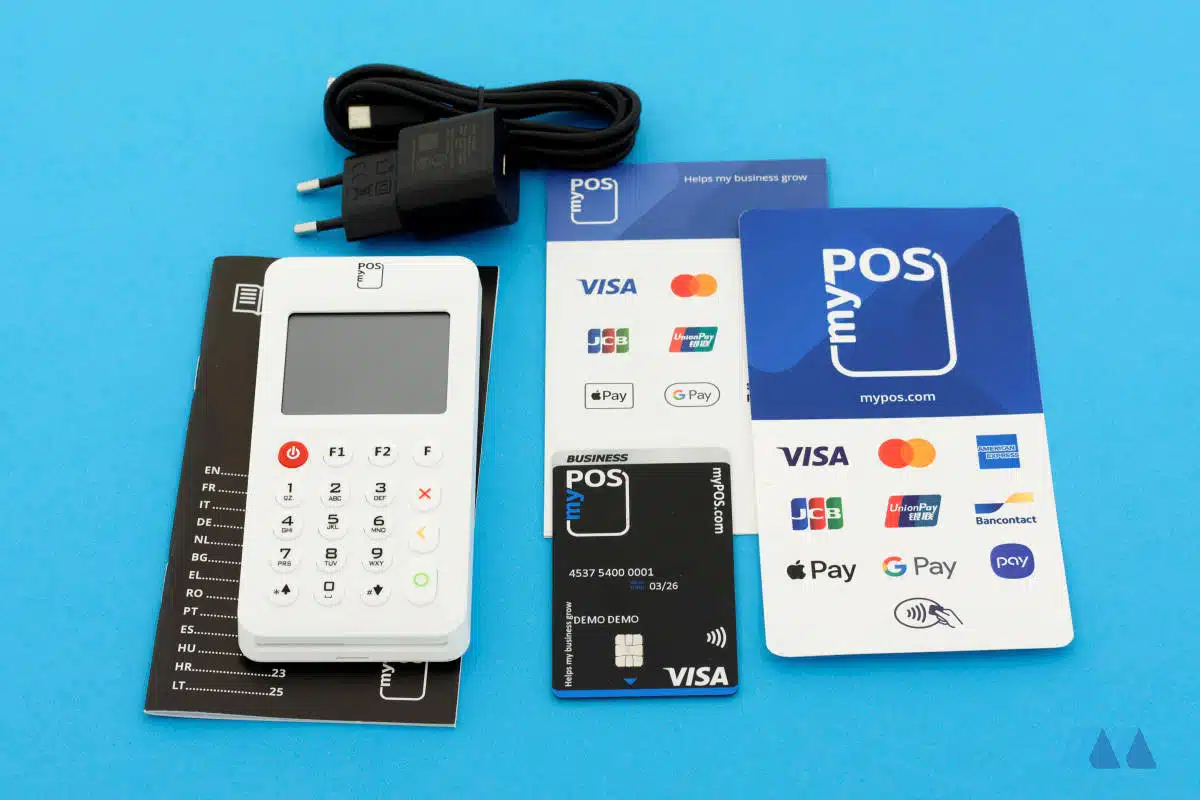
Eligibility Criteria for a myPOS Account
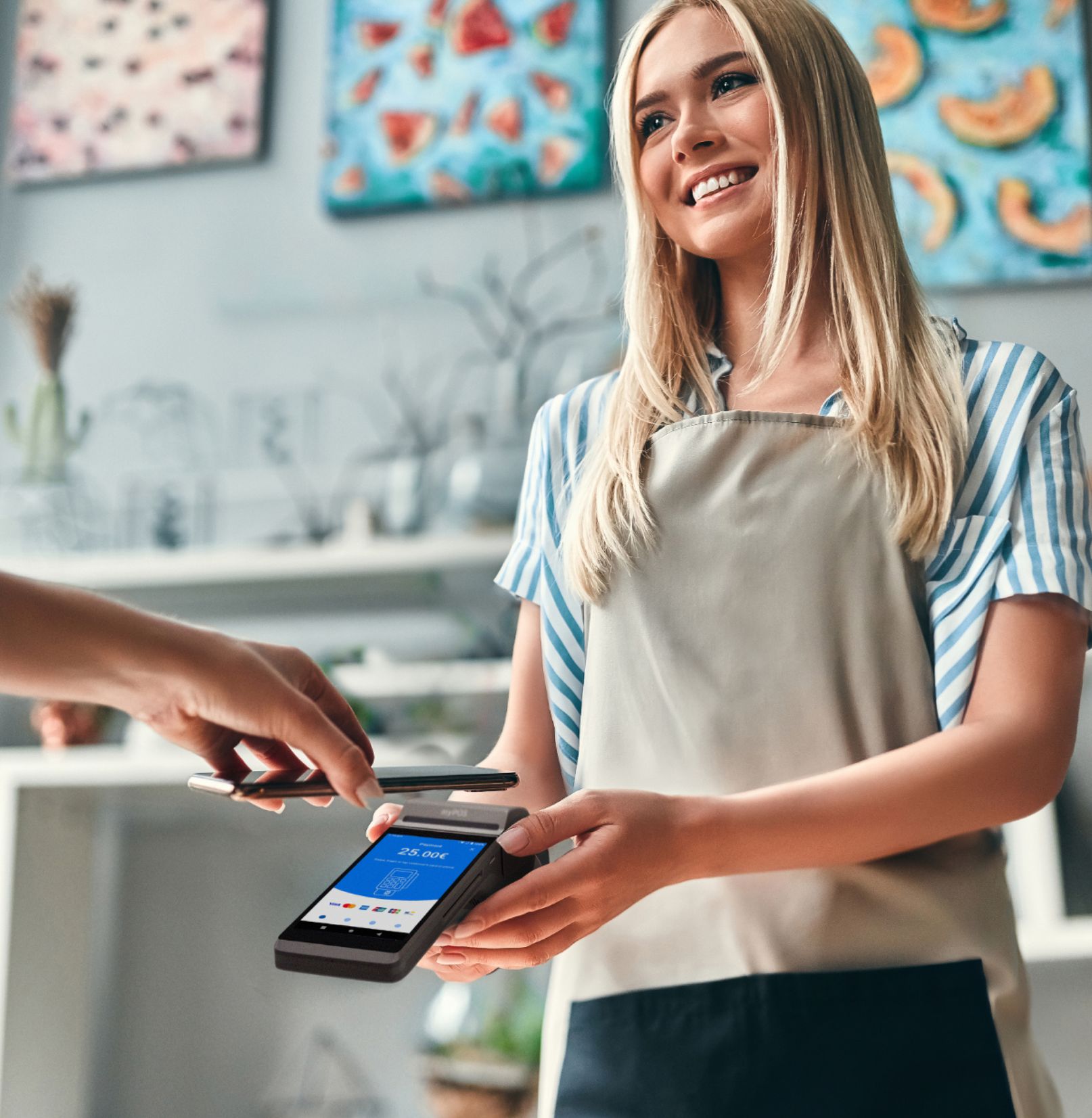
myPOS accounts are available to legally established businesses in the European Union (EU), the European Economic Area (EEA), the United Kingdom, and Switzerland.
myPOS supports a wide range of business entities, including sole traders, self-employed individuals, freelancers, private limited liability companies, public companies, and partnerships, as well as their European equivalents. However, there are a few industries that myPOS does not currently serve, such as foreign exchange speculators, arms and weapons dealers, non-regulated charitable organizations, and companies that issue bearer shares.
Opening a myPOS Account: A Step-by-Step Guide
Opening a myPOS account is a straightforward process that can be completed online from a computer, mobile phone, or tablet. Here is a step-by-step guide:
1/ Start the sign-up process. Go to the myPOS website or mobile app and click the Signup button.
2/ Enter your login details. This includes your email address, password, and mobile phone number.
3/ Provide your personal details. This includes your name, last name, date of birth, citizenship, and place of birth.
4/ Submit your business information. This includes general information about your business, such as its activities, address, registered company number, and name. It also includes the legal form of your company and the details of any directors or authorized signatories.
5/ Provide additional details. This includes your intended use of myPOS, main source of income, anticipated annual turnover, and average transaction amount. It also includes your website and social media pages, if you have them. If you are signing up through a myPOS distributor, you will also need to provide their referral code.
6/ Accept the terms and conditions. This includes confirming that you have the legal authority to open the account on behalf of the business and that the information you have provided is accurate.
7/ Complete mobile verification. Enter the 4-digit code that is sent to your mobile phone via SMS.
8/ Confirm your email address. Click the link in the confirmation email that is sent to you.
9/ Complete online identification. This involves presenting a valid driver’s license or passport with your photo. For company accounts, identification checks will also be conducted for directors, authorized signatories, and Ultimate Beneficial Owners (UBOs).
10/ Provide proof of address. If your permanent address is not on the provided identification document, you will need to submit a proof of address. A list of acceptable documents can be found on the myPOS website.
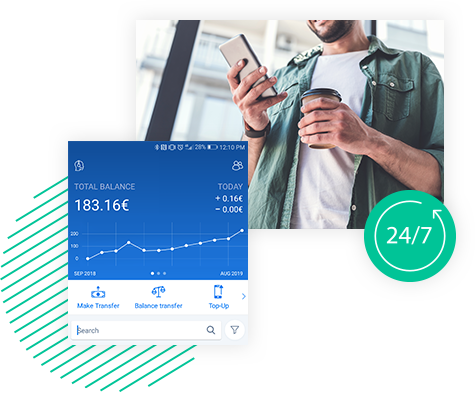
Once you have completed all of the steps above, your myPOS account will be opened and you will be able to start using it to accept payments.
myPOS Fees & Charges
The pricing structure of myPOS is designed to be straightforward and cost-effective, catering to a variety of business needs. Here’s a breakdown of their charges:
| Service/Fee Type | Amount (GBP) |
|---|---|
| Account Service Fees | |
| Merchant account with IBAN | Free of charge |
| Monthly fee | Free of charge |
| Annual fee | Free of charge |
| Funding and Internal Transfers | |
| Incoming and Outgoing Internal transfers | Free of charge |
| Transfer money between own accounts | Free of charge |
| Funding via Bank transfer | Free of charge |
| Outgoing transfers to bank accounts | |
| SEPA transfer | 3.00 |
| SWIFT Transfers in EUR | 3.00 |
| Transfer in GBP currency | 1.50 |
| Transfer in CHF currency | 3.00 |
| Transfer in ISK currency | 6.00 |
| International Transfer in All Currencies – OUR | 0.250%, Min. 9.00 |
| International Transfer in All currencies – OUR | 1.000%, Min. 14.90 |
| Transfer related fees | |
| Request for cancellation/return of a payment | 25.00 – 70.00 |
| SEPA Direct Debit Processing | 0.50 |
| Refund of SEPA Direct Debit Payment | 1.00 |
| Payment related fees | |
| Payment via myPOS Online/iDEAL | 0.30 |
| Refund for Online Payment/iDEAL | 0.25 |
| Other fees | |
| No-cooperation Fee | 75.00 |
| Inactivity Fee | 10.00 |
| No Acquiring Fee | 5.00 |
| E-money redemption upon closing of an account | Free of charge |
| Fees for myPOS Card | |
| Main card issuance | Free of charge |
| Additional card issuance (after first card) | 5.00 |
| Card reissuing (lost, stolen, damaged card) | 10.00 |
| Transaction fees | |
| ATM cash withdrawal (≤ 300.00 EUR) | 2.00 |
| ATM cash withdrawal (> 300.00 EUR) | 4.00 |
| POS cash withdrawal (≤ 300.00 EUR) | 2.00 |
| POS cash withdrawal (> 300.00 EUR) | 4.00 |
| POS cash withdrawal | 1.000% + 3.00, Min. 5.00 |
| Payment on POS | Free of charge |
| Internet payments | Free of charge |
| Check balance on ATM | 0.50 |
| Initiating chargeback procedure fee | 15.00 |
myPOS Card Machines
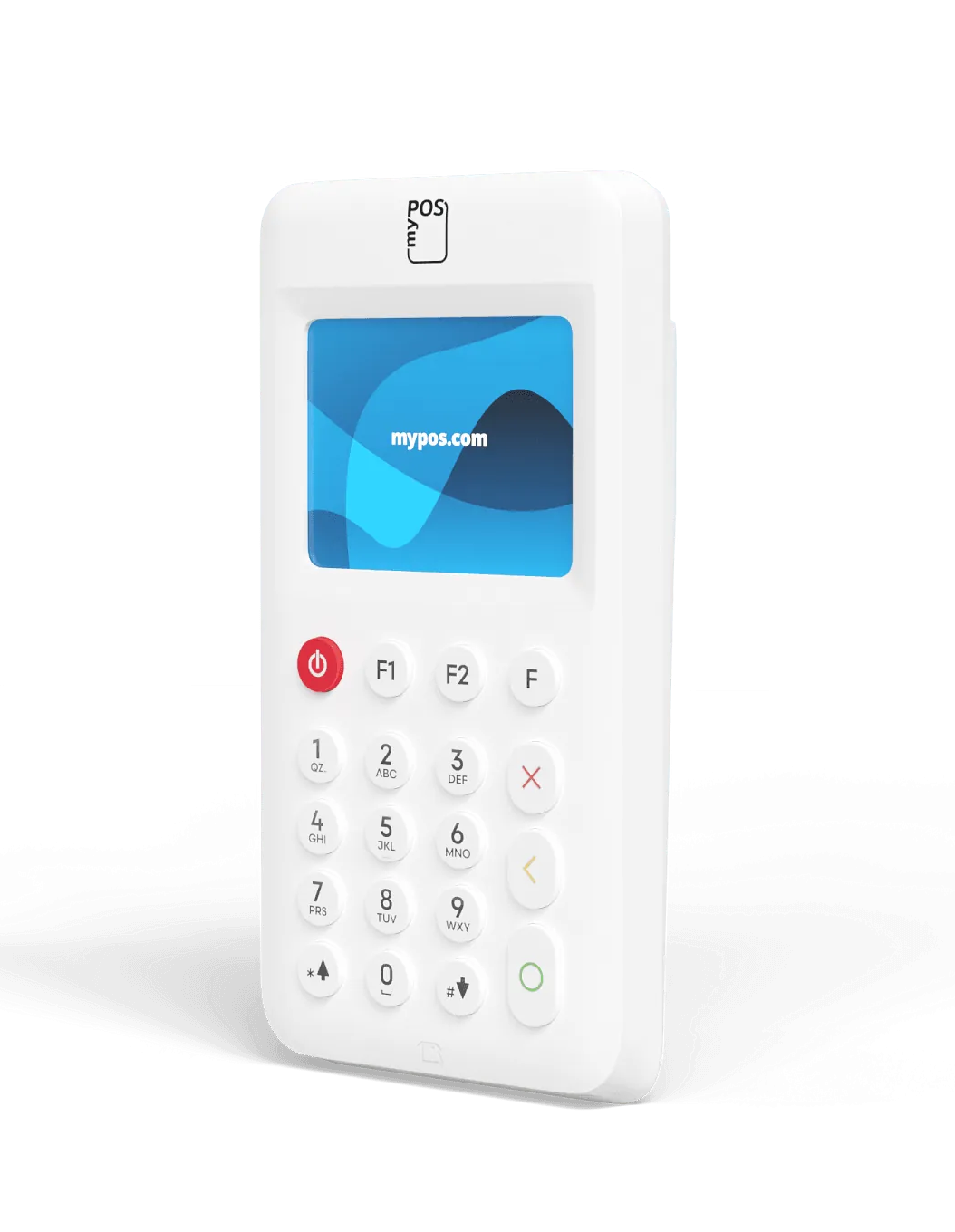
myPOS offers a range of devices to meet the needs of businesses of all sizes.
- myPOS Go 2: A portable card reader with an integrated SIM card, ideal for mobile businesses like taxis or market stalls. What makes it stand out is it works independently, without requiring a Bluetooth connection with a smartphone to function
- myPOS Go Combo: A standalone card reader with a docking station for receipt printing and cash register connectivity, suited for retail settings like cafes or restaurants.
- myPOS Pro: A full-featured POS terminal with a touchscreen, printer, and the ability to run Android apps, ideal for larger businesses.
- myPOS Glass: A mobile card reader app that allows solo entrepreneurs and consultants to accept card payments directly on their smartphones.
| Device Name | Features | Cost |
|---|---|---|
| myPOS Go 2 | Portable standalone card reader, Integrated SIM card for connectivity, Accepts contactless, chip & PIN, magstripe, 2.4″ color LCD screen, Prints e-receipts | £29 + VAT (one-time) |
| myPOS Go Combo | Portable card reader, Docking station for charging, printing receipts, Dual charging for reader and dock, Accepts contactless, chip & PIN, magstripe, 2.4″ color LCD screen, Thermal printer dock | £169 + VAT (one-time) |
| myPOS Pro | Android POS terminal, 5.5″ touchscreen, Thermal printer, Quad-core processor, Accepts contactless, chip & PIN, magstripe, QR codes, WiFi & SIM card connectivity, Runs Android apps | £229 + VAT (one-time) |
| myPOS Glass | Contactless card payments app, Turns Android phone into card reader, Accepts NFC payments and QR codes, Instant settlement to myPOS account, Complies with PCI DSS | Free or £4.90/month (Pro version) |
Taking Payments with myPOS
myPOS provides a comprehensive solution for businesses to accept payments online without the need for a merchant account, gateway, or website. Businesses can choose from a variety of tools to suit their needs, including:
- myPOS Online: A free online store with hosting, templates, payment processing, and more.
- myPOS Checkout: Seamless integration with existing websites through APIs and plugins for popular shopping carts.
- Payment Request: One-time payment links that can be emailed or texted to customers.
- Payment Tags: Reusable payment links that can be shared with customers.
- PayButton/PayLink: Payment buttons or links that can be embedded on websites and blogs.
- MO/TO Virtual Terminal: Accept payments by phone without extra hardware.
- Payment links on social media: Share payment links on Facebook, Instagram, and other platforms.
- Payment links via email, chat, and SMS: Send payment links to customers through their preferred communication channels.
- Mobile wallet payments: Accept Apple Pay and Google Pay payments.
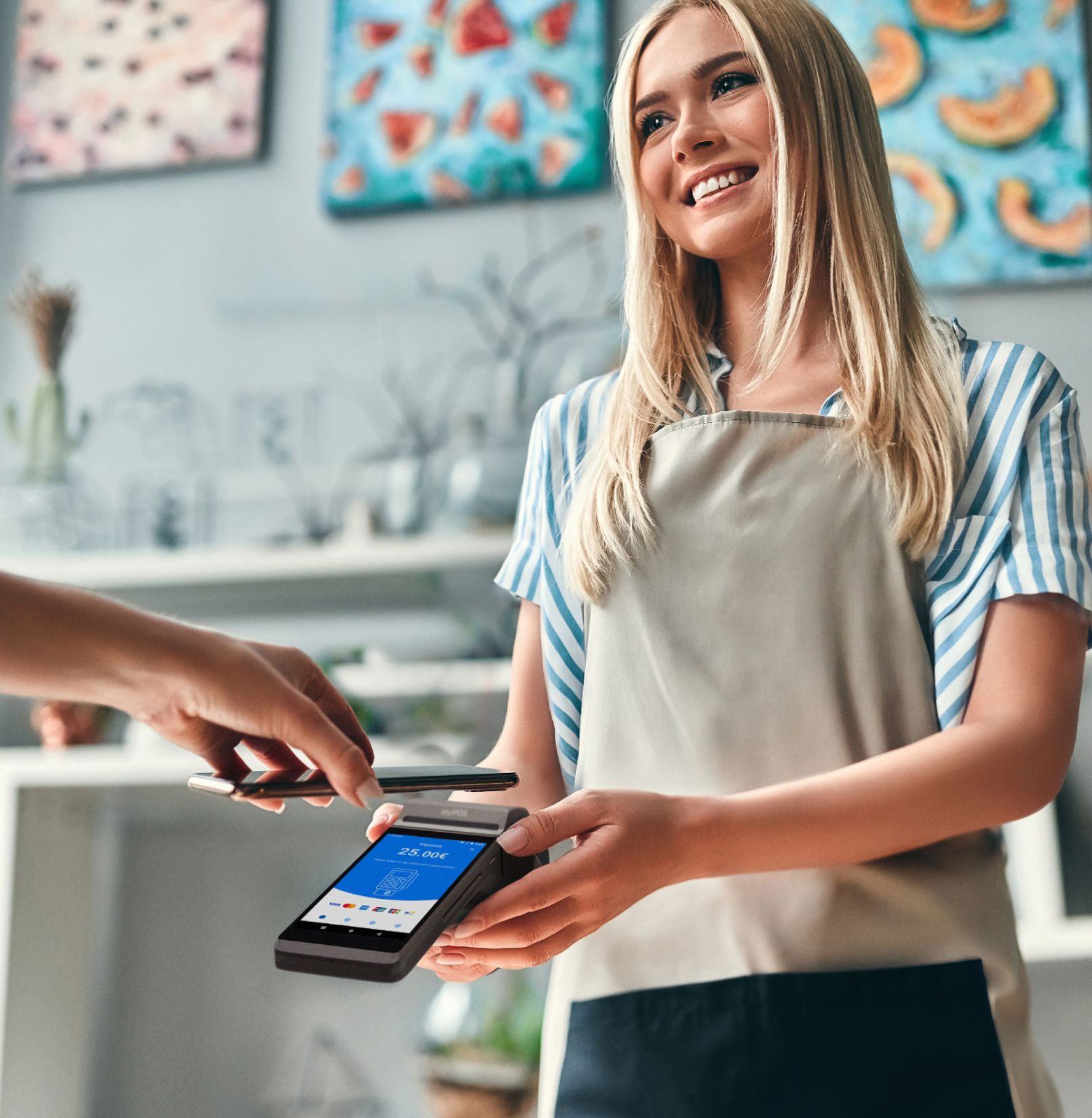
myPOS Customer Service
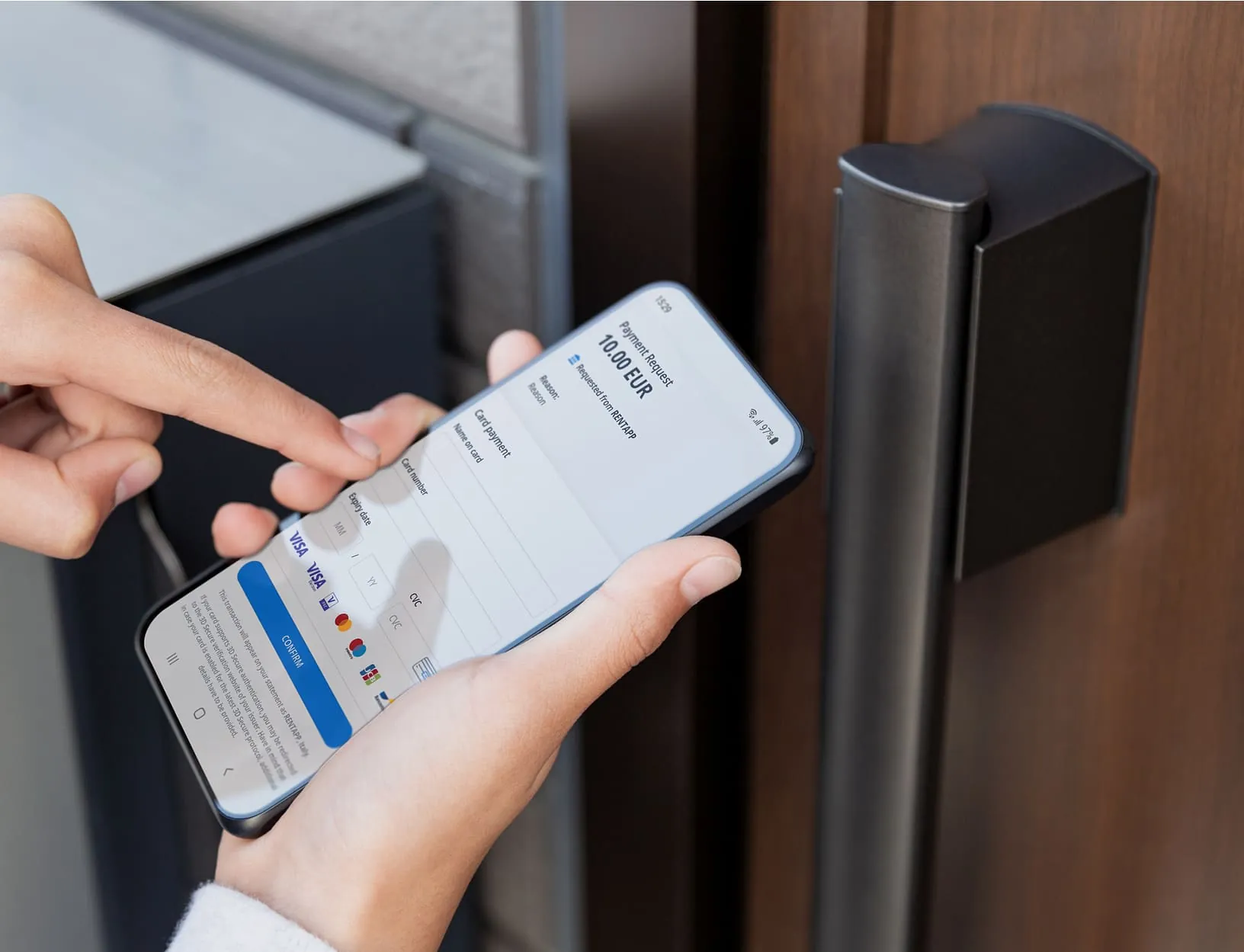
myPOS offers several customer service channels for merchant support. For urgent matters, there’s a website chat available from Monday to Friday, 10:00 to 17:45 EET.
In the UK, merchants can visit the sales office at Mermaid House, 2 Puddle Dock, London to explore myPOS payment solutions in-person.
Additionally, a 24/7 support team is ready to assist. Merchants can reach out to the support centre at +44 20 3129 1091 for help anytime.
myPOS Reviews
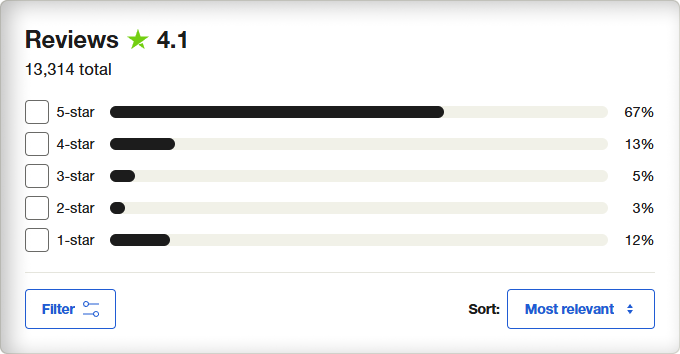
The majority of Trustpilot reviews for myPOS are positive, with 68% being 5-star and 14% being 4-star.
Customers mention the ease of use, fast transaction speeds, and good customer support. Examples of positive feedback include:
- “Easy to use the application, I’m always update with it, also the company is correct.”
- “With the Pos its easy to get paid.The office staff here in Malta and abroad are very helpfull indeed.”
- “Fast transactions, secure payment. The money is immediately in the account.”
However, 10% of reviews are 1-star. Negative feedback focuses on issues with account registration, customer service response times, and limits on ATM withdrawals. Examples include:
- “Account registration is impossible. I sent the support very detailed logs and error messages. Got no response.”
- “Very bad customer service! Do not expect help from them in case of a problem.”
- “I have had the terminal for about 6 months now. The machine and system works pretty well, but the communication with the customer service team is absolutely useless.”
In summary, most customers are satisfied with myPOS’s services and mention the convenience, speed, and reliability of transactions. But a portion of users have faced challenges, especially with contacting customer support.
Is myPOS safe?

myPOS takes a rigorous approach to security, adhering to both financial and data protection regulations. The company is regulated by the Financial Conduct Authority (FCA), meeting the European Banking Authority’s guidelines for secure online payments.
myPOS is also registered with the Commission for Personal Data Protection, ensuring that customer data is handled according to legal standards.
Technical Safeguards
On the technical side, myPOS hosts data on TIER 4 data centres in Europe, offering a high level of security and access control. The company uses real-time monitoring to identify and prevent suspicious activities. They also have a dedicated team of information security specialists who work to maintain a secure data environment.
Certifications
myPOS is PCI DSS certified, a standard set by credit card companies like Visa and MasterCard. This certification requires an annual audit, further reinforcing the platform’s commitment to security.
Transaction and Fund Safety
For daily operations, myPOS offers two-factor transaction authorisation and sets limits to minimize risks. The company also ensures that customer funds are kept separate from its operational finances, providing an extra layer of safety for your money.
Integrating myPOS with other systems
myPOS offers flexible options that make it compatible with a wide range of systems. Using the MYPOS Integration Connector and the MYPOS Public API, you can link up myPOS with pretty much any public API out there. This means you can connect it to ERP and CRM systems like WinMan, Oracle, and SAP. It also works with e-commerce platforms like Linnworks, Magento, and Shopify, as well as accounting and invoicing software such as Xero, Quickbooks, and SageOne.

If you want even more control over how myPOS interacts with your existing systems, the MYPOS Public API allows for custom solutions. This means you can create your own ways to read and write data between your own software and your myPOS system.
myPOS vs Square
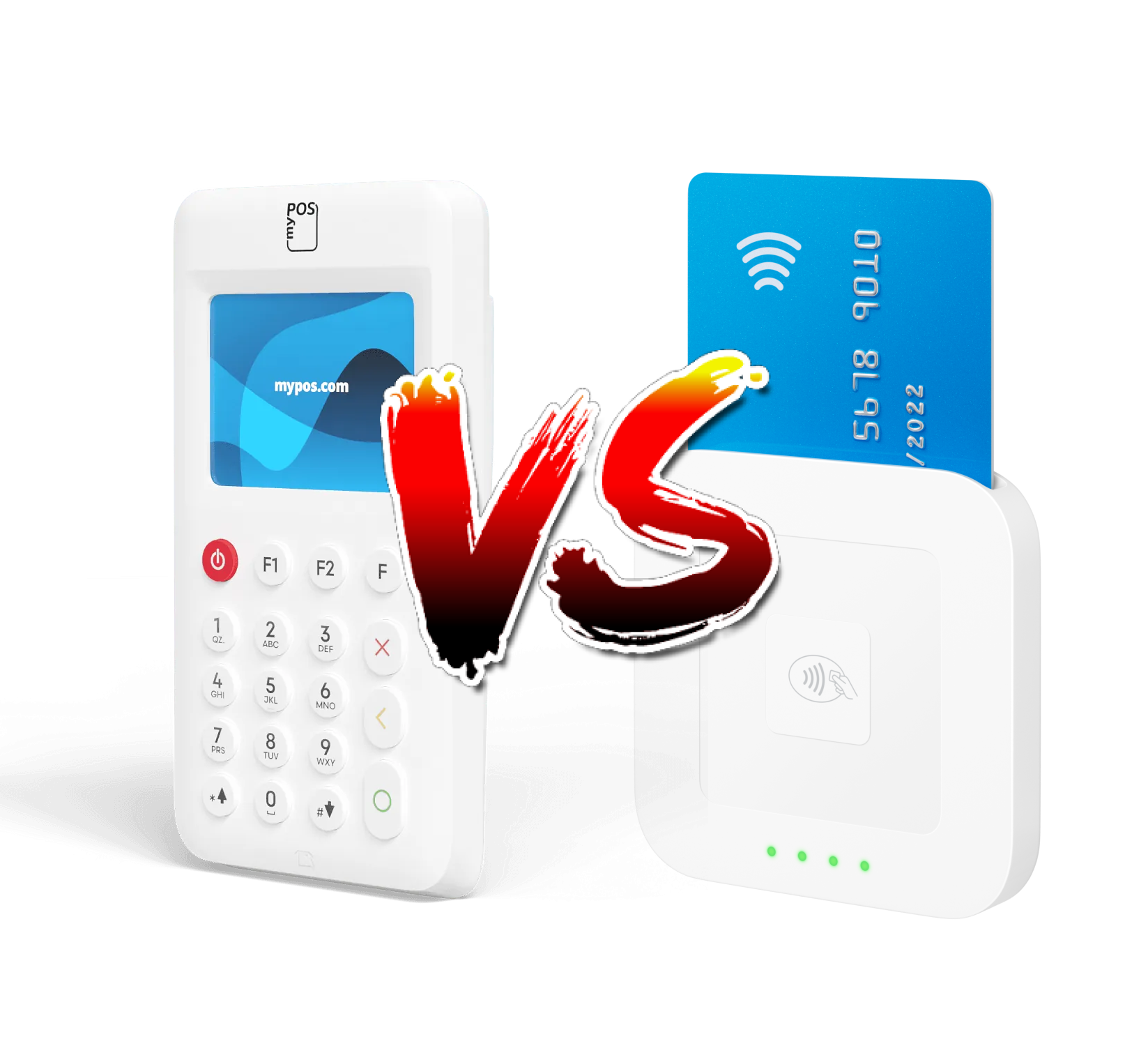
Is Square or MyPos more expensive? By our calculations, their pricing is very well matched.
Let’s consider a business that processes £4,000 per month through card transactions. We’ll assume an average transaction value of £20, which means there are 200 transactions in a month.
With myPOS, the fee for each transaction would be 1.10% of £20 plus 7p, which is 22p + 7p = 29p. Over 200 transactions, this amounts to £58.
With Square, the fee for each transaction would be 1.75% of £20, which is 35p. Over 200 transactions, this totals £70.
But don’t forget with myPOS, if the business owner wants to transfer the funds to a bank account, they would incur a withdrawal fee. If they transfer the entire £4,000 at once, the fee would be only £1.50, making the total cost for the month = £59.50.
However, if a merchant opts to make eight withdrawals of £500 each, the total withdrawal fee would be £12 bringing myPOS total monthly cost to £70.
So to summarise, there’s very little in it!
myPOS vs SumUP
When looking at low-cost and easy-to-use card payment options, myPOS and SumUp are both good choices for small businesses. Both let you pay for your card reader upfront without needing to pay any monthly fees.
myPOS has a few types of card readers. The myPOS Go costs £39 and works on its own with a built-in SIM card, making it good for businesses that move around. The myPOS Go Combo costs £179 and comes with a station that can print receipts, useful for cafes and shops. The myPOS Pro, priced at £229, is more advanced with a touchscreen and a printer, making it a fit for larger stores.
SumUp also offers different types of card readers. The SumUp Air is the cheapest at £29 plus VAT and needs to connect to a smartphone via Bluetooth. The SumUp 3G costs £129.99 and has its own printer for receipts. The SumUp Solo is priced at £79 and is a countertop reader that’s still easy to move around.
Both myPOS and SumUp have their pros and cons. The cheapest basic reader is SumUp Air. Unlike SumUp, myPOS readers can work without needing a smartphone. If you need to print receipts, you’ll need the myPOS Go Combo or the more expensive SumUp 3G. myPOS Pro gives you a full checkout system, which SumUp doesn’t offer. On the other hand, SumUp’s readers are easier to carry around.
Overall, both myPOS and SumUp offer solid and easy-to-use card readers. myPOS is a better fit if you need a full checkout system, while SumUp is great if you need something very portable. Think about what you need in terms of connecting to the internet, printing receipts, and what kind of checkout system you want when you make your choice.
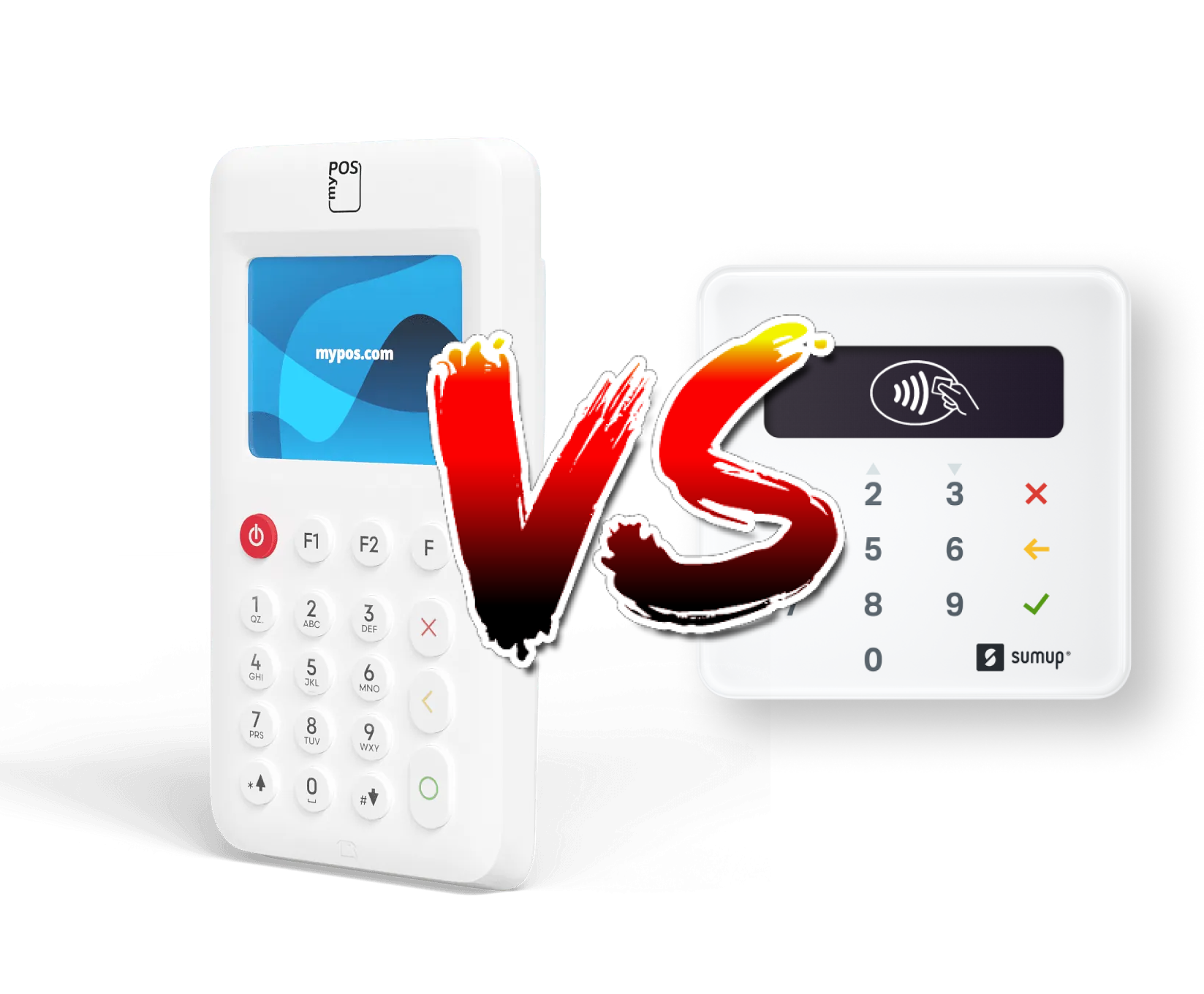
myPOS Unattended Payment Terminals
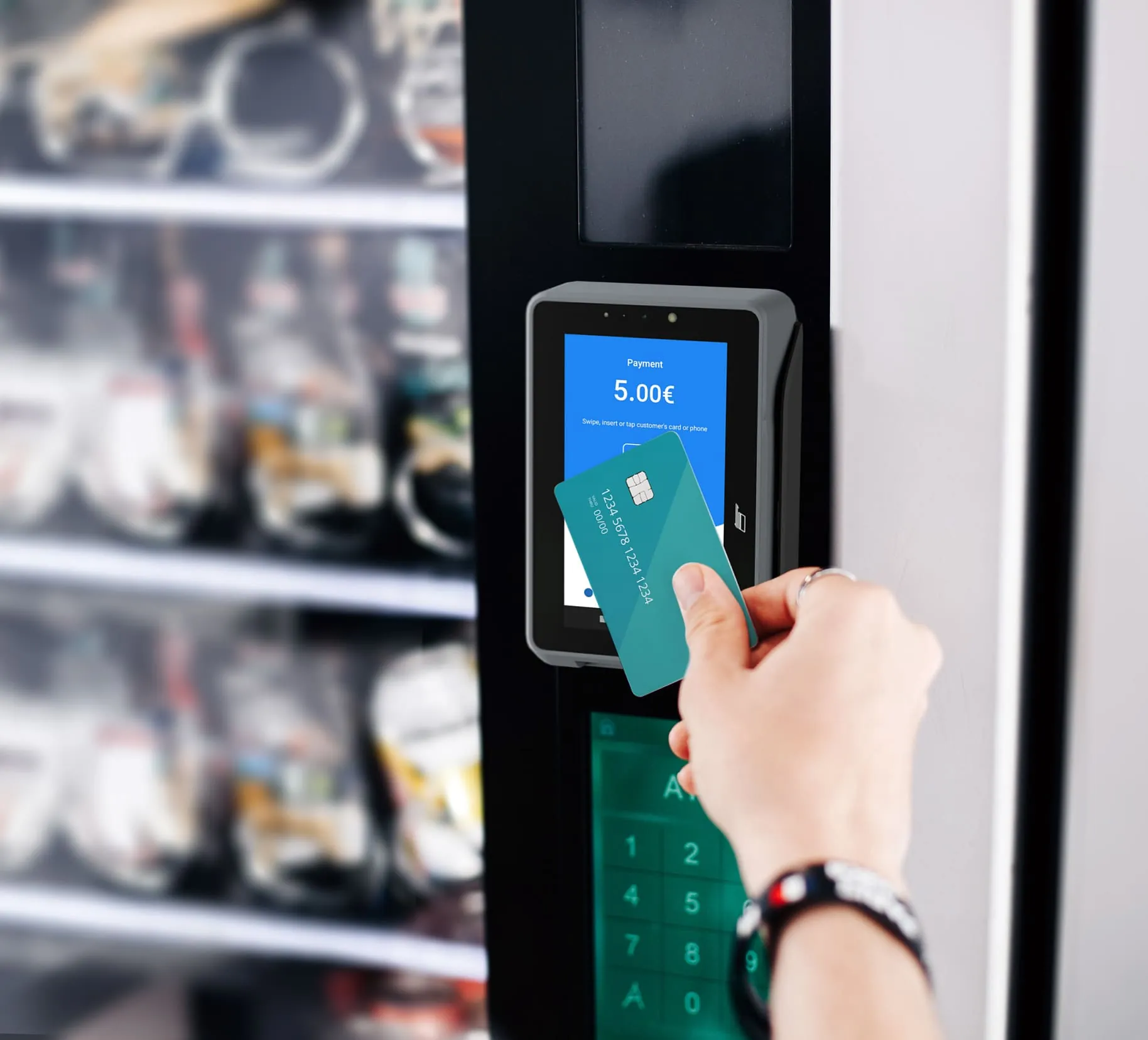
myPOS offers a range of all-in-one payment terminals specifically designed for unattended operations in environments such as vending machines, parking lots, and ticketing stations. These terminals are strong compact and offer powerful connectivity solutions to ensure uninterrupted service.
The myPOS Kiosk is a high-end unattended terminal with a large 23.8″ touchscreen interface, thermal printer, and Android OS. It is ideal for businesses that need a versatile and customizable solution.
The myPOS Integra and Mini are more compact, unattended terminals that are ideal for businesses that need a space-saving solution without sacrificing functionality.
They are ideal for any business that needs to provide customers with a convenient and secure way to pay for self-service products and services.
FAQs
Funds from transactions are instantly settled to your myPOS account
Funds can be withdrawn from your myPOS account to a bank account, although a withdrawal fee applies. The fee is £2 for withdrawals under £300 and £4 for withdrawals over £300.
myPOS prioritises security and complies with financial industry standards, including the 4th and 5th EU AML Directives to keep the platform free of fraudsters and money launderers.
myPOS terminals accept a wide array of payment methods, including major credit and debit cards like Visa, Mastercard, Visa Electron, Maestro, V Pay, Amex, UnionPay, and JCB.
myPOS doesn’t bind you to a contract nor does it charge monthly fees. It operates on a pay-as-you-go model where you only pay for the transactions processed.
myPOS provides a user-friendly online platform and mobile app where you can monitor all your transactions, check your account balance, and manage your myPOS account on-the-go.
myPOS provides a user-friendly online platform and mobile app where you can monitor all your transactions, check your account balance, and manage your myPOS account on-the-go.
Yes, myPOS offers various integration options including an API, allowing you to seamlessly integrate myPOS payment solutions with your existing POS system.

